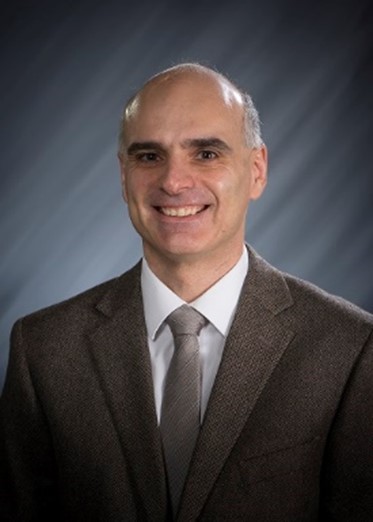RF Plasma Circuits and Antennas
IEEE North Jersey Section AP/MTT Jt. Chapter Co-Sponsors the TALK: "RF Plasma Circuits and Antennas"
RF Plasma Circuits and Antennas
Plasma technology is increasingly prominent across a variety of applications, such as innovative lighting solutions, advanced semiconductor manufacturing processes, and improved methods for food processing. Recent developments have significantly advanced the utilization of plasma technology for high-frequency electronics, particularly within the radio frequency (RF) to millimeter-wave bands, which are essential for modern telecommunications and radar systems. This presentation aims to delve into the latest breakthroughs in this exciting area, specifically focusing on the advantages, challenges, and potential applications of plasma-based devices in RF technology. A key topic of discussion will be the innovative use of cold plasma as a tunable material for crucial electronic components, including varactors, switches, and variable resistors. These devices play an essential role in high-power applications such as radar systems, radio transmission technologies, and satellite communication, where precise signal control at the transmission level is vital for maintaining the integrity and quality of communication. In addition to their functional applications, these devices also provide essential protection for sensitive circuits, preventing damage from voltage spikes and signal interference. During the presentation, we will showcase several proof-of-concept devices, such as plasma tunable resonators, limiters, and switches, highlighting their design, operation, and the advancements they represent. We will further explore the transformative potential of plasma technology in plasma antennas, considering both gas-based and solid-state implementations. This examination will include an analysis of plasma antennas' advantages, such as their ability to provide reconfiguration on the fly and adapt to changing signal conditions. Finally, we will discuss the ambitious prospect of developing widely tunable antenna elements designed for reconfigurable plasma antenna array systems. These systems could revolutionize communication technologies by enabling more flexible and efficient use of the electromagnetic spectrum, thus enhancing performance in applications ranging from wireless communications to advanced radar.
Date and Time
Location
Hosts
Registration
-
 Add Event to Calendar
Add Event to Calendar
Loading virtual attendance info...
- Contact Event Hosts
-
Ajay Poddar (akpoddar@ieee.org), Edip Niver (edip.niver@njit.edu), (Anisha Apte (anisha_apte@ieee.org)
- Co-sponsored by IEEE North Jersey Section
Speakers
Dimitrios Peroulis of Technical University of Munich
RF Plasma Circuits and Antennas
Plasma technology is widely used in various applications, including lighting, semiconductor manufacturing, and food processing. Recently, there have been significant advancements in utilizing plasma technology for high-frequency electronics, spanning radio frequency (RF) to millimeter-wave bands. This presentation will explore the latest developments in this area, highlighting the benefits, challenges, and potential applications of plasma-based devices in RF technology. The talk will focus on using cold plasma as a tunable material for varactors, switches, and variable resistors. These devices are particularly important in high-power applications, such as radar, radio transmission, and satellite communication, where effective signal control is crucial at the transmission level. Additionally, these devices offer protection for sensitive circuits. We will showcase several proof-of-concept devices, including plasma tunable resonators, limiters, and switches. Furthermore, we will examine the potential of plasma technology in the field of plasma antennas, considering both gas and solid-state implementations. Finally, we will discuss the exciting prospect of developing widely tunable antenna elements for reconfigurable plasma antenna array systems.
Biography:

Address:Purdue University, , United States

